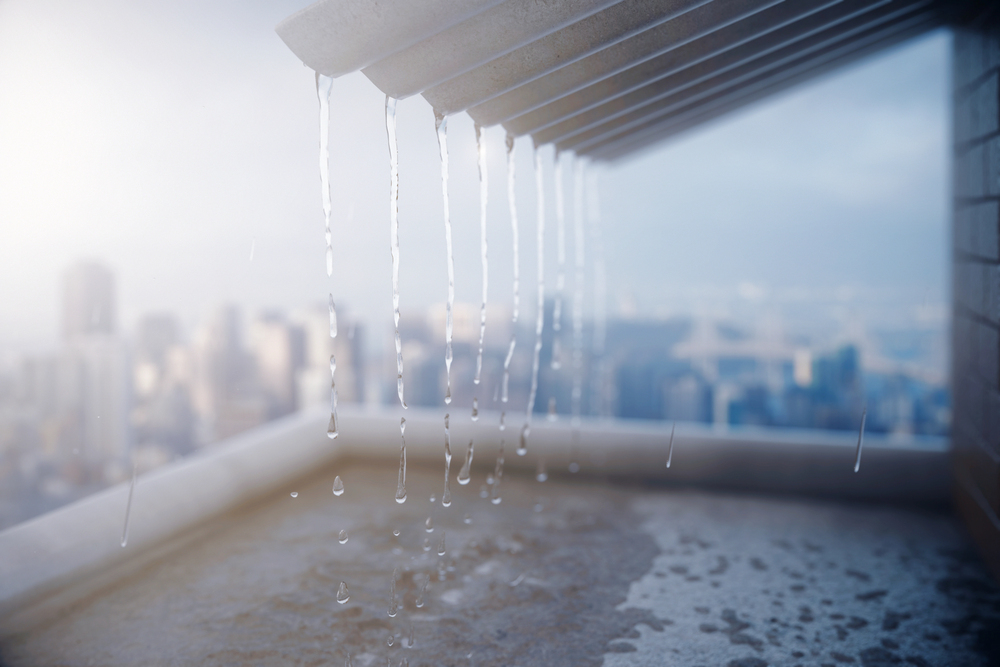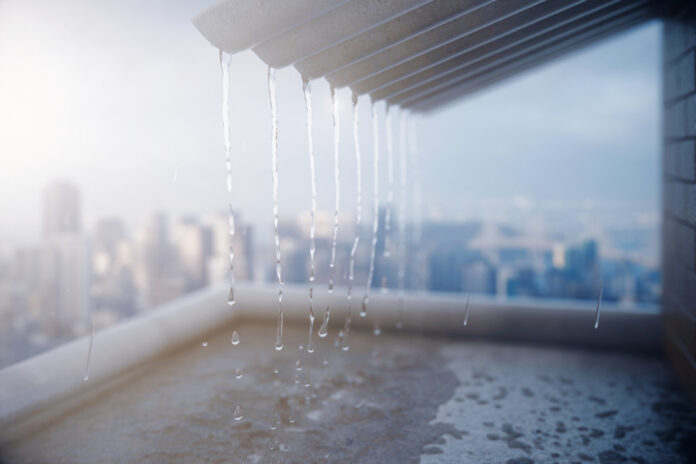It’s hard to believe that summer is winding down. Often, as fall moves nearer, we forget that storm season is approaching and many homeowners are caught off-guard by the unpredictability of late summer storms, whether a hurricane, unexpected cold snap, sudden downpour, or high winds. Here are some ways to prepare your home, and your family, before these inclement events.
Roof & Exterior
Your roof and exterior walls are your home’s first line of defense against severe weather.
Check Your Shingles
Late-summer storms with strong winds and heavy rain can expose weak spots in your roof. Perform a visual inspection, preferably from the ground or with binoculars, to identify any damaged shingles. Cracked, curled or missing shingles can allow water to seep into your attic or insulation, leading to mold, rot, and structural issues.
Inspect All Flashing
Flashing is the thin metal material that seals joints around roof openings, including chimneys, vents, and skylights. If that flashing is rusted, lifted, or missing, water can easily find its way inside. Check these areas carefully, especially if you’ve experienced leaks in the past. Resealing or replacing flashing is a relatively simple fix that provides protection to your home during heavy rainfalls.
Clean Gutters and Downspouts
Clogged gutters and downspouts mean overflowing water, which damages siding, foundations, and landscaping. Remove debris like leaves, twigs, and nests, and check that all gutters are securely attached to your home. Ensure downspouts extend at least five feet from the foundation to direct water away from your home’s base.
Trim Branches
High winds can snap tree limbs, causing them to fall on roofs, power lines, or vehicles. Trim overhanging branches, particularly those near the house or garage. Also regularly inspect trees for signs of disease or weakness that could make them more vulnerable during a storm.
Windows & Doors
Windows and doors not only provide security, but they also help with your home’s energy efficiency and keep the elements out.
Check for Leaks
Windows and doors with worn-out seals allow wind-driven rain and drafts to penetrate your home. Check for air or light coming through gaps, especially around the corners. Replacing weatherstripping is a pretty inexpensive way to boost both insulation and storm resilience.
Inspect Frames
Wooden window and door frames are susceptible to rot, especially after a particularly humid summer. Use a screwdriver to gently check for soft spots or flaking paint. Replacing damaged frames prevents moisture intrusion and enhances the overall strength of your doors and windows.
Consider Installing Storm Shutters
If you live in a region prone to hurricanes or heavy thunderstorms, consider storm shutters to add protection from wind-blown debris and broken glass. You can install permanent options like accordion shutters and removable panels so your home is ready to go when there’s a storm in the forecast.
Yard & Outdoor Areas
If you live at the bottom of a hill, you may get water pouring in your yard. And high winds can quickly turn outdoor furnishings into dangerous projectiles. Here are a few ways to minimize these hazards:
Secure All Outdoor Spaces
It’s a safe bet you’ve seen news reports of flyaway trampolines ending up elsewhere as a result of high winds. With that in mind, be sure to anchor down umbrellas, heavy furniture and your grill, or move them into a garage or shed. Consider storing planters and lightweight decorations indoors or in sheltered areas to avoid being tossed around.
Clear Drains & Yard Debris
Stormwater needs a clear path to drain properly. Remove leaves, mulch and trash from storm drains, yard basins, and ditches. Poor drainage can lead to localized flooding, especially in low-lying parts of your property.
Check Fencing & Building Exteriors
Wind can easily rip off loose fence panels or fling open an unsecured shed door. Check for stability and make repairs as needed. Reinforcing hinges, latches, and structural components now prevents small issues from becoming big headaches after a storm.
Plumbing & Drainage
Water damage is one of the most common and expensive consequences of late-summer storms. Making sure your drainage systems are functional can make a big difference.
Test Backup Systems
If you have a basement or live in an area prone to flooding, you know the value of a working sump pump. Test your unit by pouring water into the pit and confirming it activates correctly. Also, check battery backup systems or generator hookups to ensure they’ll function during a power outage.
Inspect Your Foundation
Small foundation cracks can widen under pressure from stormwater, leading to leaks or structural instability. Walk around your home’s perimeter after a rainstorm to look for signs of pooling or slow-draining areas. Address drainage problems as soon as possible. A landscaper or foundation expert may be able to recommend the type of grading or drainage you need.
Direct Water Away From Your Home
Downspouts that drain directly at the foundation can cause erosion, cracks, and basement leaks. That’s why you need extensions that carry water at least several feet away from the home. Splash blocks or underground drainpipes can also help safely redirect runoff.
Safety & Emergency Prep
Physical inspections around your home and property are must-dos, especially before storm season. It also pays to take the time to inventory systems and kits in your home designed to keep your family safe.
Test Smoke and Carbon Monoxide Detectors
Storms that knock out power can increase the risk of fire or carbon monoxide poisoning, especially if you’re using a generator. Ensure all detectors are working properly and have fresh batteries. Consider smart detectors that send alerts to your phone when you’re away from home.
Restock Emergency Kits
Every home should have a storm emergency kit that’s easily accessible. Include essentials like a flashlight, battery-powered radio, extra batteries, first-aid supplies, bottled water, and non-perishable snacks. Don’t forget items like pet food, baby formula, or medication.
Review Your Homeowners Insurance Policy
Your basic homeowners insurance policy may not cover all storm damage. So be sure to review your coverage, including deductibles and exclusions, for wind, water, and hail damage. Consider flood insurance if you’re in a high-risk area, even if it’s not federally required. Be sure to get several homeowners insurance quotes to find policies that best fit your situation and your location.
Late-summer storms can arrive suddenly and wreak havoc on unprepared homes. But with a proactive inspection and a few key improvements, you can weather the season with peace of mind.
Find a Home-Based Business to Start-Up >>> Hundreds of Business Listings.


